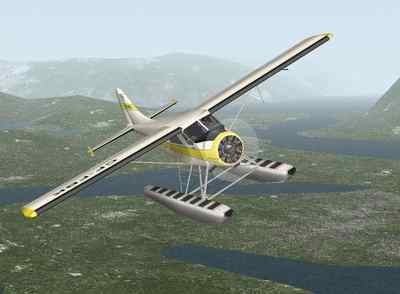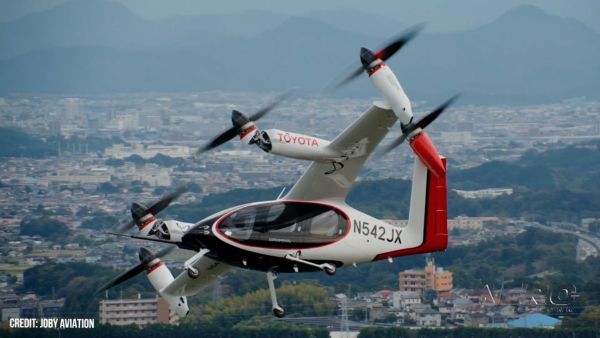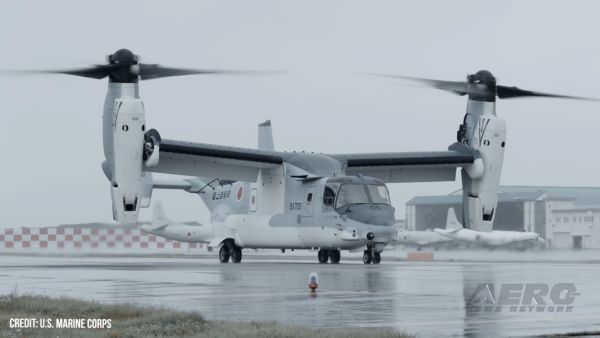Pilot And Passengers Give The Board Conflicting Information
The NTSB has issued a preliminary report from an accident involving a de Havilland DHC-2 (Beaver) airplane that resulted in one fatal injury when the airplane flipped over during takeoff from Tutka Bay about 12 miles south of Homer, Alaska. The airplane was registered to Rust Properties LLC and operated by Rust's Flying Service as a visual flight rules on-demand charter flight. The airline transport pilot and three passengers sustained minor injuries, one passenger was uninjured, one passenger sustained serious injuries, and one passenger was fatally injured. VFR conditions prevailed and company flight following procedures were in effect. The flight departed Tutka Bay about 1005 destined for Lake Hood Seaplane Base (PALH), Anchorage, Alaska.

During an interview with the NTSB investigator-in-charge (IIC), on July 22, the pilot reported that, after loading the passengers and their baggage onboard, he started the airplane's engine and provided a passenger safety briefing. He then taxied out and initiated his takeoff water run. He stated that as the airplane was accelerating on the step, he saw the left float begin to move into his peripheral vision from the left cockpit window. He said the airplane felt as if it had "lost its rigidity" on the floats and began to "yaw" to the left. In an effort to correct for the left turning tendency, he applied right aileron, but to no avail. The left wing subsequently hit the water and the airplane lurched forward and nosed over separating the right wing from the fuselage. He said the airplane immediately began to fill with the cold ocean waters, as he struggled to exit the submerged wreckage.
During a hospital interview with the NTSB IIC, on July 22, passengers consistently reported that, after the engine was started the pilot asked them to remove their headsets while he provided the passenger safety briefing, as the airplane's intercom system was inoperable. They stated that the briefing was rushed, and difficult to hear due to engine noise. They reported choppy water conditions with one passenger reporting white caps on the ocean waves visible in the distance. The passengers said that, during the takeoff water run, the airplane impacted a swell or wave and nosed over abruptly, and the cabin rapidly filled with water. One passenger stated that he was confident that the airplane briefly became airborne prior to impact.
A witness located near the accident site observed the airplane during its water run. He said that the airplane appeared to accelerate slowly and struggle into the air. He reported that the airplane climbed to an altitude of about 50-100 ft, briefly leveled off, prior to beginning a gradual descent towards the water. He said the airplane impacted the water on the nose of the left float and immediately cart-wheeled coming to rest inverted in the ocean waters. He alerted emergency services and drove his boat to the submerged wreckage to assist with the rescue.
An Alaska State Trooper reported conditions at the accident site of seas less than 1 ft with a long wavelength and winds less than 10 knots. The Trooper recalled that while at the hospital, the pilot stated that he was taking off parallel to the swells when the airplane impacted a swell and became airborne, the left float broke and the airplane cartwheeled.
On July 20, the NTSB IIC conducted an initial examination of the wreckage, which had been removed from the ocean waters and transported to Homer. All the airplanes major components were recovered except for the right wing, right aileron and right lift strut. Flight control continuity was verified from the control yoke to the left aileron and elevators, and from the rudder pedals to the rudder. An initial examination of the Aerocet 5850 floats and their attachment rigging revealed that the front left lower tie rod attachment fitting separated, and the streamlined tie rod exhibited compression signatures near its upper attachment point. The right rear upper tie rod attachment fitting separated, and the streamlined tie rod exhibited compression signatures near its lower attach point. A detailed wreckage examination is pending.
The closest official weather observation station to the accident site was Homer Airport (PAHO), Homer, AK, located about 12 miles north of the accident site. At 0953, a METAR was reporting, in part, wind light and variable; visibility, 7 statute miles in smoke and haze; clouds and sky condition, clear; temperature, 63°F; dew point, 54°F; and an altimeter setting of 29.96 inches of mercury.
(Source: NTSB. Image from file. Not accident airplane)
 ANN's Daily Aero-Linx (11.07.24)
ANN's Daily Aero-Linx (11.07.24) ANN's Daily Aero-Term (11.07.24): Maximum Authorized Altitude
ANN's Daily Aero-Term (11.07.24): Maximum Authorized Altitude Aero-News: Quote of the Day (11.08.24)
Aero-News: Quote of the Day (11.08.24) Airborne-Flight Training 11.07.24: CFI Changes, DPE Symposium, Evektor Harmony
Airborne-Flight Training 11.07.24: CFI Changes, DPE Symposium, Evektor Harmony Classic Aero-TV: Of Old Crows and Young Hearts
Classic Aero-TV: Of Old Crows and Young Hearts



